Service Water Restoration Pros
Sewer backups can be a major headache for homeowners. The damage caused by a sewer backup can be extensive and costly to repair. Installing a sewer backup flow valve near your property can help prevent such incidents and minimize the damage if they do occur. In this article, we will explore sewer backup flow valves, their importance in preventing sewer backups, and the restoration process after a sewer backup incident.
What is a Sewer Backup Flow Valve?
A sewer backup flow valve, also known as a backwater valve or a sewer check valve, is a device installed in the sewer line to prevent sewage from flowing back into a property. It allows sewage to flow out of the property but closes off the line in the event of a sewer backup, preventing sewage from entering the property.
The Importance of Sewer Backup Flow Valves in Prevention
Sewer backups can occur due to various reasons such as heavy rain, clogged sewer lines, or infrastructure failures. When a sewer backup happens, sewage can flow back into homes or commercial properties, causing extensive damage to floors, walls, electrical systems, furniture, and personal belongings. Sewer backup flow valves act as a first line of defense, preventing the backflow of sewage and protecting properties from such damage.
Installation and Maintenance of Sewer Backup Flow Valves
Installing a sewer backup flow valve requires professional expertise. A licensed plumber or sewer contractor should be consulted to assess the property’s needs and install the appropriate valve. Regular maintenance and inspections are necessary to ensure the valve is functioning properly and to address any potential issues.
Restoration Process After a Sewer Backup Incident
If a sewer backup incident occurs despite the presence of a sewer backup flow valve, it is crucial to take immediate action to mitigate the damage and restore the property. The restoration process typically involves the following steps:
1. Safety Assessment and Evacuation (if necessary)
Before any restoration work can begin, a safety assessment should be conducted to identify potential hazards. If the property is deemed unsafe for occupancy, evacuation may be necessary until it is safe to return.
2. Water Extraction and Cleanup
The first step in the restoration process is to extract standing water and remove any debris or contaminants. Specialized equipment is used to thoroughly dry the affected areas and sanitize them to prevent mold growth.
3. Structural Repairs and Reconstruction
Once the property is dry and clean, any structural damage caused by the sewer backup can be addressed. This may involve repairing or replacing flooring, walls, electrical systems, and other affected components. It is essential to work with experienced contractors to ensure the restoration is done correctly.
4. Content Restoration
Personal belongings and furniture affected by the sewer backup will need to be cleaned, deodorized, and restored whenever possible. Restoration professionals can assess the damage and recommend the best course of action for each item.
5. Prevention and Future Preparedness
After the restoration process is complete, it is crucial to take steps to prevent future sewer backups. This may include regular maintenance of the sewer backup flow valve, proper disposal of household waste, and addressing any plumbing issues promptly.
Frequently Asked Questions
What are the common signs of a sewer backup?
Can I install a sewer backup flow valve myself?
Do insurance policies cover sewer backup damage?
For more information on sewer backups, you can read these articles:
What To Do When Your Sewer Backs Up
Protect your house from sewer backups | III
6 Common Causes of Sewer Backups & How to Fix Them



